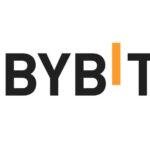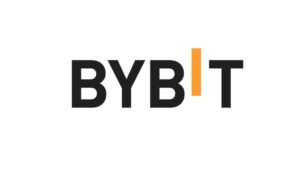For many people, the mention of Asia triggers a presumption of technical competence— and rightfully so. The continent’s abundance of digital skills has been reinforced over the past decade. However, Asia’s financial sector is still relatively underdeveloped. Currently, there is a large unbanked population in Asia. Also, financial services such as loans and mortgages are highly expensive for the average Asian.
To solve this problem, the financial sector would require a solution that adequately closes the gap between financial services and those who require them. This solution is what decentralized finance (DeFi) provides.
What is DeFi?
Decentralized Finance (DeFi) is simply permissionless finance. It is a digital financial system. Here, cryptocurrencies are used to provide financial services without a middle man or an intermediary.
DeFi provides a platform for any digitally-connected person to access traditional financial products. That is, services like lending and borrowing money, storing money for interest (or yields), crowdfunding, obtaining insurance, and trading cryptocurrencies or tokenized versions of stocks.
DeFi platforms are built on public blockchains like Ethereum or Litecoin. They operate on blockchain processes like smart contracts. The smart contracts are digital contracts that are automatically executed when certain conditions have been met.
Transforming Asia’s Financial Sector Through DeFi
According to the World Bank, 290 million Asians are presently unbanked. In addition to this, a vast majority of the Asian population do not have access to credit, financial services, or investment products. Therefore, there is an immense opportunity for decentralized financial services in the Asian market.
Here are some ways in which blockchain-backed decentralized finance could improve Asia’s financial sector:
Wider Financial Inclusion
As earlier stated, Asia still has a large unbanked population. The cause is likely low income, lack of access, inconvenience, high cost, or a general lack of trust in the financial system. Decentralized finance solves these challenges as it has a wider access range since users only need a mobile phone and internet connection. Unlike the traditional financial system, where income is usually the benchmark for access, DeFi is open.
Lower Costs
Also, the cost of financial services like loans is considerably lower with Decentralized Finance. With unlimited access and a relatively lower cost level, DeFi is more positioned to become users’ choice in the coming years, especially in the Middle East, where the need for swift cross-border payments is on the rise.
Less Risk
While all financial systems have an inherent risk, this risk becomes significantly lower with Decentralized Finance. For example, for peer-to-peer borrowing and lending, the risk of non-repayment is significantly lower, given that smart contracts are deployed in the transaction. As such, each party only gets access to their contractual benefits when they equally fulfil their part of the bargain.
Conclusion
While Decentralized Finance provides numerous benefits for Asians, especially within the context of the continent’s financial stability, the recent crackdown on cryptocurrencies by countries like Turkey is hindering the development of digital finance within Asia, and primarily the Middle East. As such, more national governments need to recognize the potential financial transformation offered by blockchain-backed platforms.




























